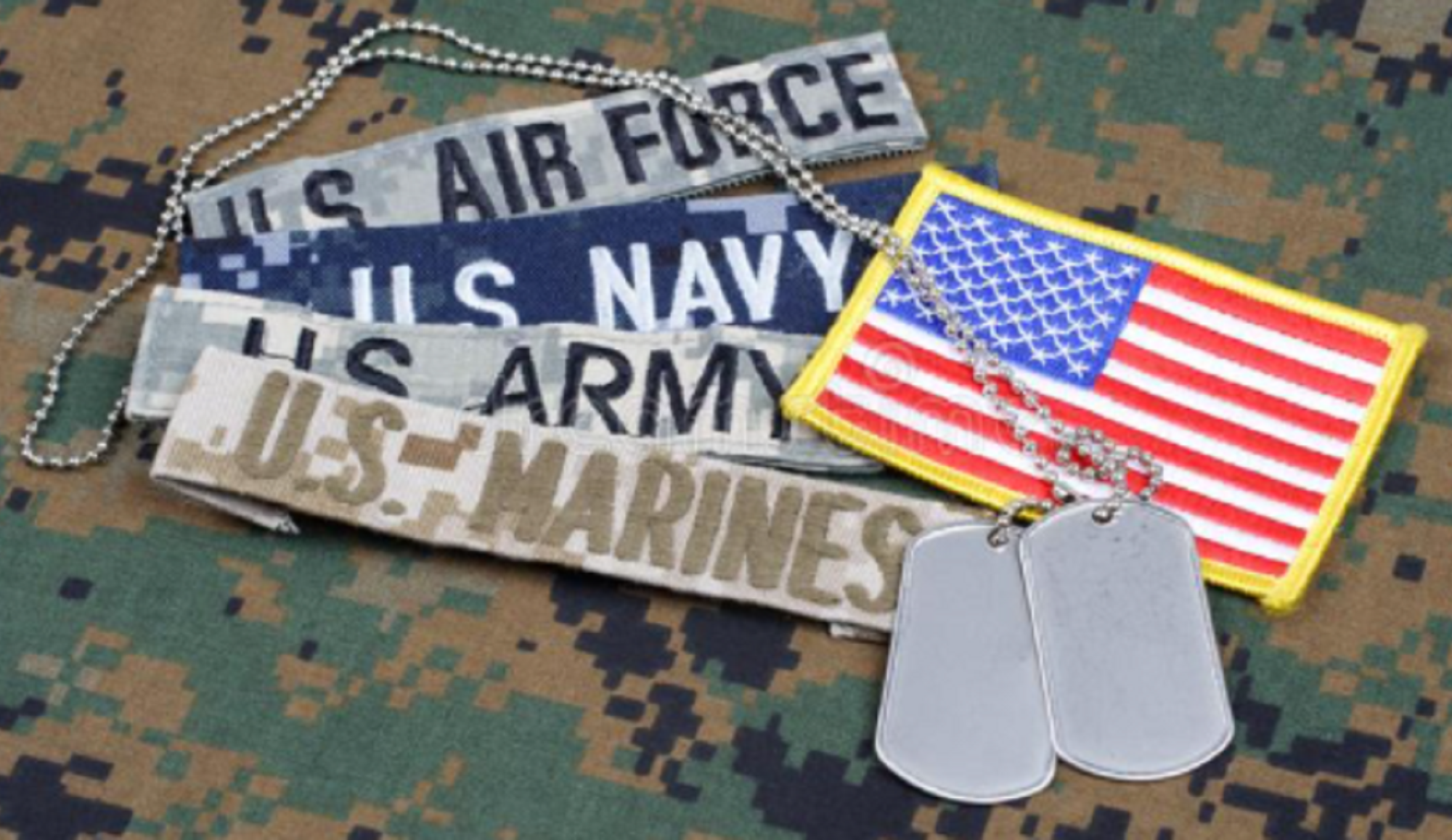The 22 Club embraces a four-pillar approach to combating veteran suicide. This comprehensive strategy addresses the various factors contributing to this serious issue. Our pillars of A-Therapy, Buddy Program, Expanded Therapy, and Homeless to Homeowner encompass prevention, intervention, support, and research. As you can see each pillar plays a crucial role in addressing the mental health and well-being of veterans.
We believe we achieve prevention through the Expanded Therapies program. Using awareness and education to raise awareness about the challenges veterans face as well as educate both the veteran community and the general public on the signs of mental health issues and suicide risk factors. Central to prevention is destigmatization, promoting a culture where veterans feel comfortable discussing their struggles, in this way, we hope to reduce the stigma associated with seeking mental health care. It is hoped that through the Expanded Therapy program, early intervention can be achieved, by identifying at-risk individuals early on so we can provide timely support, including mental health services and resources.
We believe we achieve intervention through the Homeless to Homeowner program. About one-third of the adult homeless population are veterans. By pairing a homeless veteran with a contractor to learn a skilled trade. This will provide a safe and stable environment for the veteran to access mental health services, which need to be accessible, affordable, and of the highest quality in mental health care for veterans through the Department of Veterans Affairs and community partnerships. Until the 22 Club can provide a fully staffed crisis helpline, we highly encourage callers to contact the Veteran’s Crisis Helpline then press 1 or text 838255 to connect with a specialist immediately. Along with our peer support program in the Support section are team members who can provide guidance and assistance to veterans currently struggling. The far-reaching concept of Homeless to Homeowner is teaching a veteran a skill while building tiny homes, then the homeless veteran can rent a tiny home, then following a time period the veteran will be able to purchase the home moving from homeless to renter to owner.
We believe we achieve support through the Battle Buddy program. We understand the daunting task that the veteran community faces during multiple points of transition from military duty to civilian life. We focus on transitioning assistance, job placement assistance, locating housing, as well as community integration. We extend our services to that critical support unit, the families and caregivers of our veterans recognizing their well-being is often closely tied to the veteran’s mental health. Further, we strive to engage in local community activities and gain community involvement to provide social support networks, recreational activities, and multiple avenues of outreach to help veterans feel connected and valued.
We believe we achieve research through the A-Therapy program. This program is a Tier 1 innovation. Through this program, we can continuously gather data on veteran suicides and related factors to better understand trends and risk factors. Working with multiple University and College Psychology and Sociology programs we believe we can improve the understanding of mental health issues specific to veterans along with developing effective treatments. The innovative aspect of this program is that it is completely anonymous utilizing telehealth services, artificial intelligence, and digital tools to improve mental health care and support for veterans. The A-Therapy program has a card that can be given to anyone, it can have funds reloaded into it to pay for mental health care, then the name of the person seeking services is completely anonymous as the process number comes back to the 22 Club, not to an individual, this protects those seeking services from being profiled.
Implementing this four-pillar approach has required collaboration among various stakeholders, including the government, healthcare providers, mental health professionals, veterans’ organizations, and the broader community. By addressing prevention, intervention, support, and research, this approach aims to reduce veteran suicide rates and improve the overall well-being of veterans.


